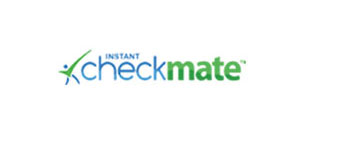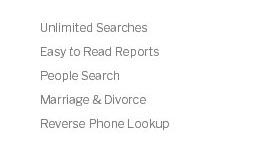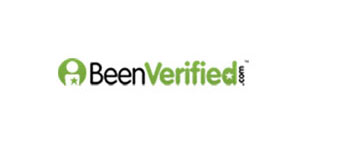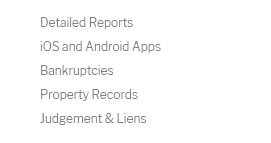 |
 |
|---|
|
|
|---|
 |
 |
 |
 |
|---|---|---|---|
 |
 |
 |
|
 |
|||
 |
 |
 |
|
 |
|||
 |
 |
 |
|
 |
|||

|
9cd2qvo6pbh The Intricate Dance of Public Information: Navigating the World of Personal DataIn an era where the digital and physical realms blend seamlessly, the notion of 'public information of people' has become both a powerful tool and a source of profound concern. The term itself encapsulates the vast array of data points that, when pieced together, form a mosaic of individual identities accessible to many, often without explicit consent. This evolution in accessibility raises important considerations for individuals navigating their digital footprints. At the heart of this discussion lies the tension between transparency and privacy. Public information is inherently designed to be open and accessible, serving purposes from enhancing public safety to fostering community engagement. Yet, the availability of such data also invites questions about the potential for misuse and exploitation. In today's interconnected society, where social media profiles, property records, and even voter registrations are a mere click away, the boundaries of privacy are continually tested. One cannot overlook the subtle opinions embedded within societal attitudes towards public information. On one hand, there is a prevailing belief in the democratizing power of open access, advocating that such transparency levels the playing field, allowing individuals to make informed decisions based on readily available data. On the other hand, critics argue that the overexposure of personal information can lead to unintended consequences, such as identity theft, harassment, and the erosion of personal autonomy.
The landscape of public information is ever-evolving, shaped by legislative actions and societal norms. Laws such as the General Data Protection Regulation (GDPR) in Europe have set new standards for data protection, emphasizing the need for consent and transparency. Meanwhile, public discourse continues to challenge the status quo, advocating for greater accountability and ethical data practices. Ultimately, the conversation around public information is not just about data but about the values we hold as a society. It invites us to reflect on the importance of trust, security, and respect for personal boundaries. As we move forward, the choices we make today will define the digital legacy we leave for future generations. In a world where information is both a currency and a commodity, understanding and navigating the nuances of public data is more critical than ever. https://tennesseecourtrecords.us/public-records/
Criminal records in Tennessee contain documents and information related to a person's criminal history in the state. This includes basic information on the ... https://comptroller.tn.gov/office-functions/open-records-counsel/open-meetings/frequently-asked-questions/tennessee-public-records-act-faqs.html
information related to requested public records. However, a records ... https://publicrecords.searchsystems.net/
Free public records databases. Online since 1997, easy to use. Specializes in U.S. records, but also includes Canadian and Worldwide information sources.
|
|---|